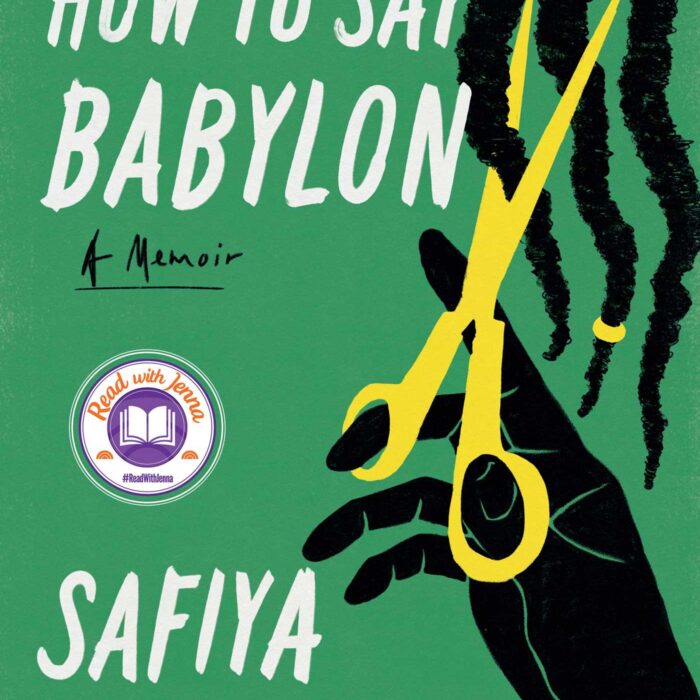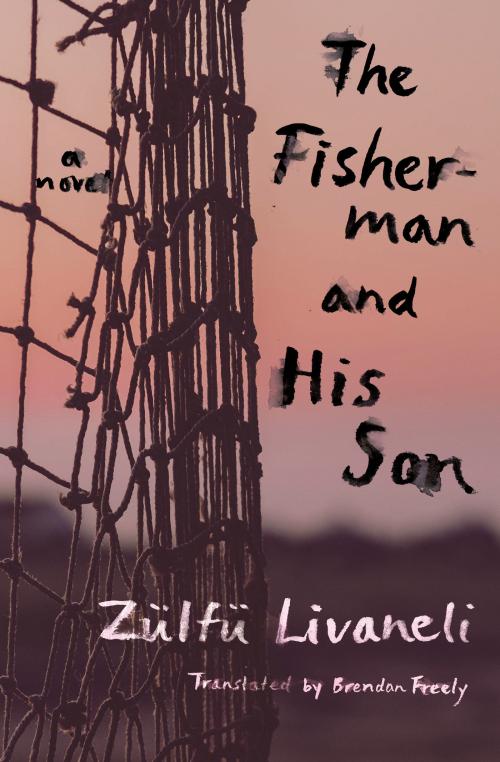You have no items in your cart. Want to get some nice things?
Go shopping
San Miguel is the latest literary offering from the prolific Tom Coraghessan Boyle (14 novels and nine short story collections to date), in which the eponymous island of the novel, rather than its human characters, is the protagonist—or rather, the antihero: an island never meant to be tamed.
Life in late 19th-century San Miguel is uncompromising. Boyle never relents, and throughout the book we are constantly pounded by a barrage of the harsh realities of living on the frontier, notwithstanding the inspiring sights of whales and elephant seals: every day “full of complications”, one cresting on another—each one taken by itself not backbreaking, but taken together make living more difficult by degrees. As part of the Channel Islands, located off the coast of Santa Barbara, California and cut off from the world, San Miguel is a barren, desert-like expanse—except for the fact of the rain and fog and the habitual plummets in temperature, the island almost constantly battered by the “keening, unholy, implacable” coastal winds that whip up earth and sand, which soon turn into a thick coat of batter clinging to every existing thing on the island, the lone house on the elevated plateau half-submerged by morning. And except, of course, for the sheep that populate the island, for which successive families give up everything to come to San Miguel, and upon which they intend to make their living, pioneering for a dream: an independent, self-sustaining life.
Among these dreamers are the Waters and the Lesters, who inhabited the island between 1888 and 1945, after the attack on Pearl Harbour (today San Miguel is part of the Channel Islands National Park). Boyle tells the two families’ stories through three women of different generations—first, Marantha Waters, a tuberculosis sufferer who comes to the island in search of healing air on her husband’s starry-eyed conviction; then her teenage daughter Edith, who dreams of becoming an actress but who becomes a sort of Cinderella to her stepfather instead; then Elise Lester, a newly married thirty-something New Yorker—in a pastoral triptych, reminiscent, according to Edith, of Wuthering Heights, but “it was one thing to picture the scene from a sofa in a San Francisco apartment and another to see it out the window”.
Elise’s story is infinitely more encouraging than Marantha’s and Edith’s, with its moments of levity, even happiness, to balance out the hardships. Elise shares her bipolar husband Herbie’s idealistic dreams of complete self-reliance and arrives at the island determined to make the best of everything; and unlike Marantha and Will, they are a happily married couple. Marantha, who had enjoyed middle-class comforts in San Francisco, is unable to get used to the facts of her new “devolved” existence: the mice infestation, the rain leaking through holes in the roof, the outdoor toilet without a flush and a good distance away, and her ever-present worry that Edith will end up with someone beneath her—Jimmie, the servant boy—for lack of other options. Marantha, who had harboured hopes for a warmer climate to alleviate her condition, feels betrayed by her husband’s misleading optimism, which serves only to mask his selfishness.

In her self-conceived prison, Marantha grows bitter every day, and one day, when she stumbles upon another betrayal, it all comes to a head—or so I thought it would. But actually, nothing quite comes to a head in San Miguel. Every time I think something’s going to happen, it doesn’t. Despite this, and to his credit, Boyle still manages to propel me along, so that I want to keep reading. Somehow, he manages to infuse his descriptions of the minutiae of everyday life with a narrative force that involves me entirely in the trials and tribulations of the women and their families, even though it never comes to a satisfying culmination.

In the end, San Miguel doesn’t exactly read like a novel; it’s more like reading about three distinct lives through extracts of their biographies. I struggled to find a steady thread tying the three stories together, and it’s often jarring to move on so abruptly from one woman’s story to another; having invested myself in one character’s life, I find it difficult just to leave it behind—all of which serves to highlight the fact that although the island’s inhabitants may come and go, live or die, San Miguel is constant—it alone remains.
My initial feeling was that, although this book is based on real events and real lives, it is primarily a work of fiction, and as such, Boyle hasn’t taken the licence he could have to go further. But when I look at it as an insight into the history of the island, as a way of engaging with a real place in our world, as avid travellers are often inclined to do, then it takes on an altogether different hue. This is best read as an exploration of a place that serves as more than just a mise en scène, and of humanity’s relationship with nature.
San Miguel was first published on 18 September 2012 by Viking/Penguin (US) and on 11 October 2012 by Bloomsbury (UK). It is now available in hardback and ebook. For more on T. C. Boyle, visit www.tcboyle.com. Thanks to Bloomsbury for providing a review copy.

Emily Ding
Emily joined Litro in April 2012 as Literary Editor & Web Designer. She made over the website and introduced new developmental and editorial features to strengthen Litro's online presence. She left her position in January 2013, taking a backseat as Contributing Editor to concentrate on writing. She is a freelance journalist with a special interest in travel writing and foreign reporting (with an inclination for Asia and Latin America), and is now based in Malaysia. English is her native language, but she also speaks Mandarin and Spanish, having spent 2007-08 travelling in Central America.




